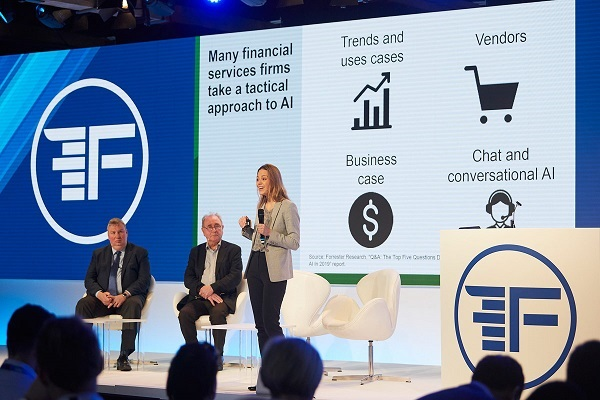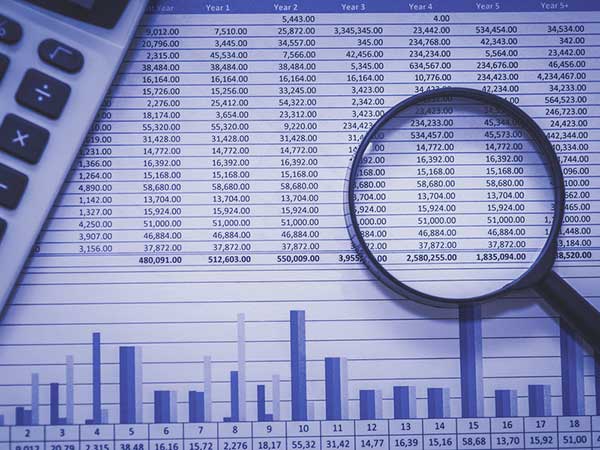We are in an era when big data is driving almost every aspect of decision making related to business. Organization heads and other stakeholders now do not have to speculate because they can access data from different sources. This allows them to analyze and make decisions accordingly.
Credit bureaus have now adopted the use of big data to develop credit score models before they determine how creditworthy a business is. This is a major advantage because the lenders now have a way to accurately assess businesses that ask for loans. And the good news for any business is that they can take advantage of big data to build their credit-scoring model in a manner they desire. It is a delicate process that may require involving data, as well as financial expertise. This will happen as the business continuously strives to develop the best business model ever.
The trends in scoring models
Most businesses have been buying generic scores to improve their models, and the experts say that this is an acceptable move. It involves gathering information from the credit bureaus in your state. But custom models are a better method that should be proposed by any financial consultant who appreciates the benefits of data.
According to the experts, a custom model works with more data from different sources. Custom models may use account data, supplier information or customer relationship data among many other types of data. Therefore, it is not only the data in a credit report that will be used in this case. Rather, there will be more sources to increase the accuracy of the model and make it more effective.
Steps to create a new scoring model
1. Setting the goals
Before going any further, setting the goals that you want to achieve is very important. These should be in line with the company’s future financial needs. Goals can also focus on the probability of being late in repaying the existing loans and how to deal with the repercussions.
On the other hand, the lenders and creditors also set some goals with the intention of using your organization’s internal data to predict the repayment trends. Apart from this, they can also set other goals as they need.
2. Gathering data
The next step is to assess if you have enough data or a reliable data source to build your custom scoring model. This will be a test model that will run for some time under the close observation of experts.
Some of the data sources include bill payment trends, loan repayment trends and the relationship with all suppliers and customers. At this point, you need to get more help from a reputable credit score website like Boostcredit101.
3. Building the custom scoring model
With all the necessary data on hand, the experts are ready to start building the test model for your business or organization. The procedure is delicate since numerous algorithms are involved before the results are acquired.
Another important consideration is the fact that the final scoring model should fit all set regulations. Both the scoring model builders and the business owner or managers should, therefore, focus on the end result and give it all the attention it requires.
4. Model validation
As the cycle of the scoring model continues, validation is the next process. By now, the building stage has been completed according to regulations. In most cases, the lenders use available data to determine how likely consumers are to be late in their loan repayments. The scoring rate is usually between 1 and 100.
Those with a higher score are less likely to default or be late in repaying loans, while those with lower scores are more likely to be late by as many as 90 days. However, the current score can change over time because of changes that are related to economic factors and other factors.
5. Scoring model implementation
As soon as all the above steps are completed successfully, the business or the lending company will need to implement the model. This is where the best model is incorporated permanently as a result of it being the best. However, challenger models should also be created to see if they will work better than the current model. If they do, they can be adopted or some of their details used to amend the current one.
How big data and machine learning help
By now, all companies and lending institutions usually benefit from big data from different credible sources. This has positively changed their reliance on credit bureau data. Although the credit bureau credit history of a company is the primary source of data, companies should seek other sources of data even if it means buying it.
Due to the complexity of data from other sources, it is recommended that businesses should use machine learning and the right experts. Such a move supplies data that makes sense before the building of the scoring models. As a matter of fact, this should be used whether creating new models or challenger models.
According to data scientists, models that have the best algorithm can dig deep inside the databases to obtain untapped correlations that further make the credit score data more useful. After all, machine learning was created to handle vast amounts of data.
However, all these new developments come with some challenges. The outputs can be confusing sometimes even to the experts especially if there is a problem with the algorithms. Remember that you will have to make some inputs before receiving the outputs on the other end. Therefore, problems can also occur during this process. This has caused some organizations to give up on the use of big data and machine learning.
Conclusion
From the above insights, big data has made some advancements in how organizations, businesses, and lenders create scoring models. The best part is the provision of more data than the data in the usual credit bureau reports. While the latter cannot be overlooked, scoring models bring increased accuracy and provide an alternative point of view for businesses.























